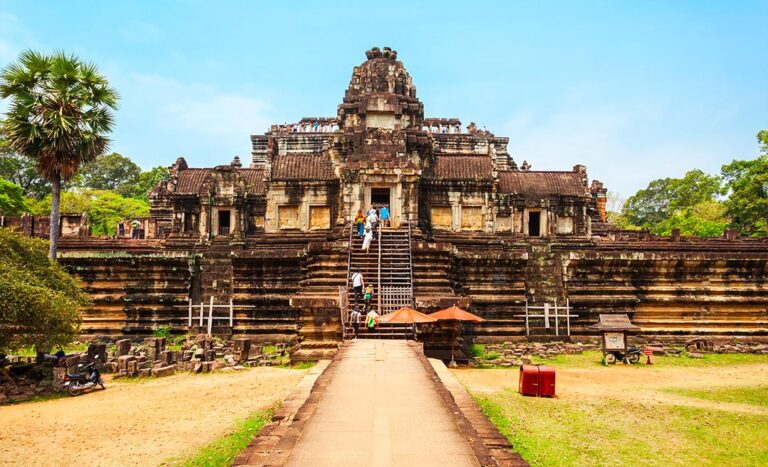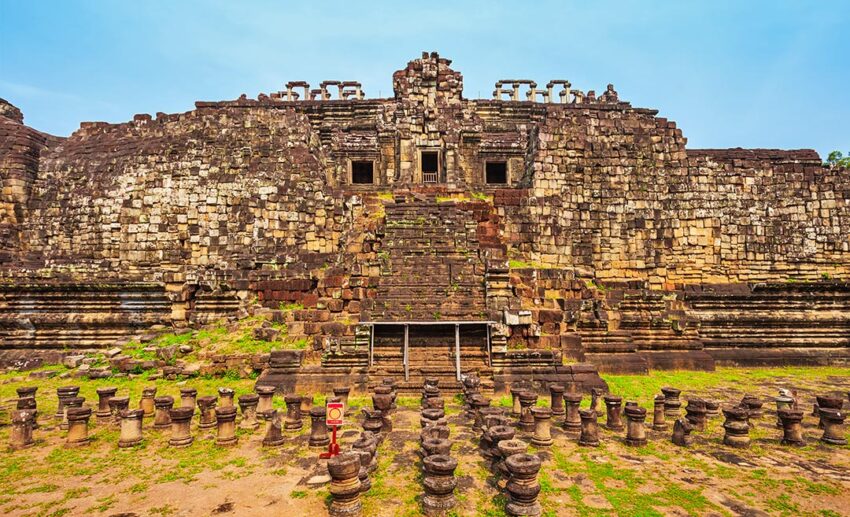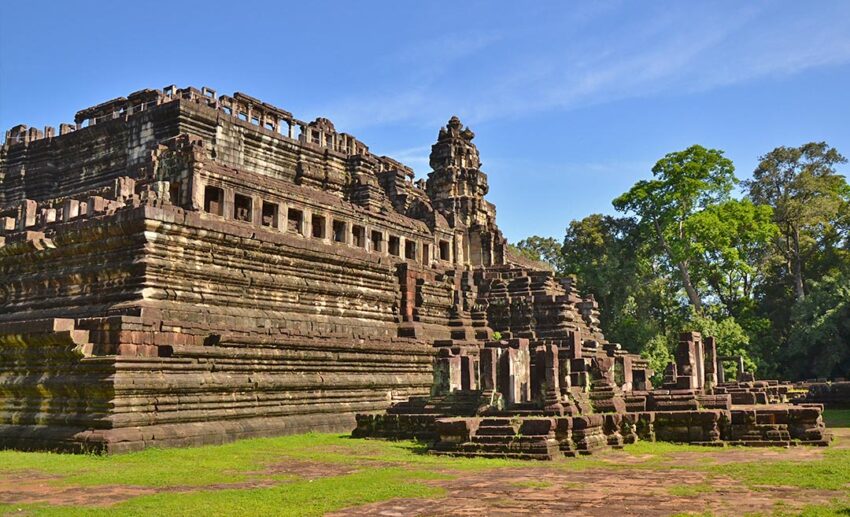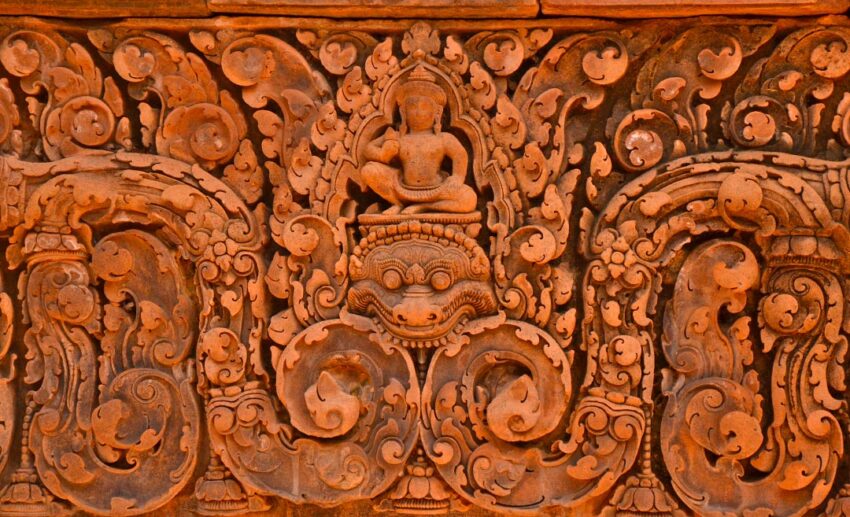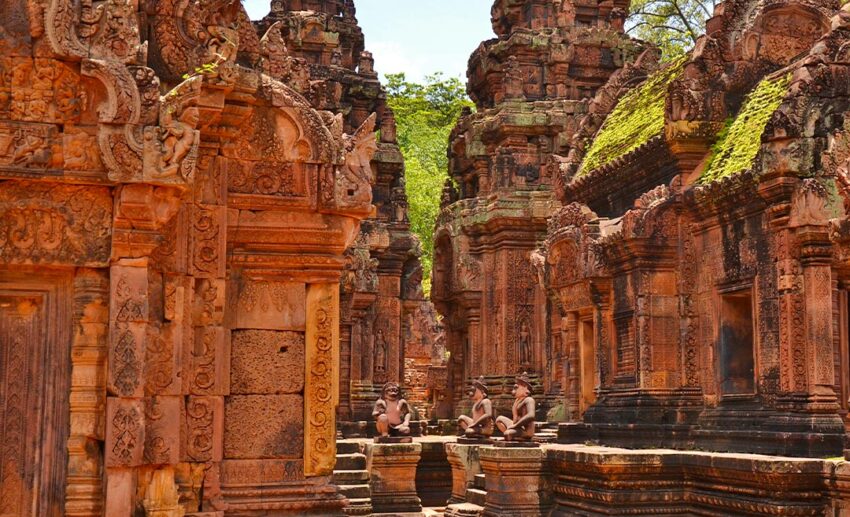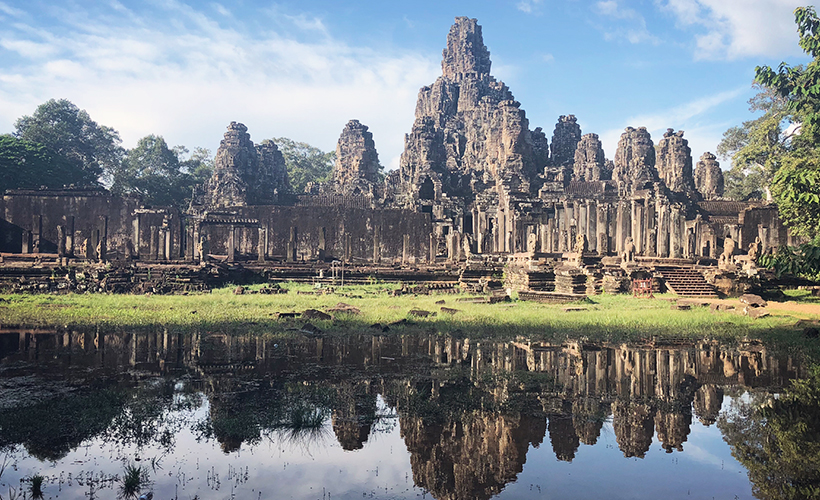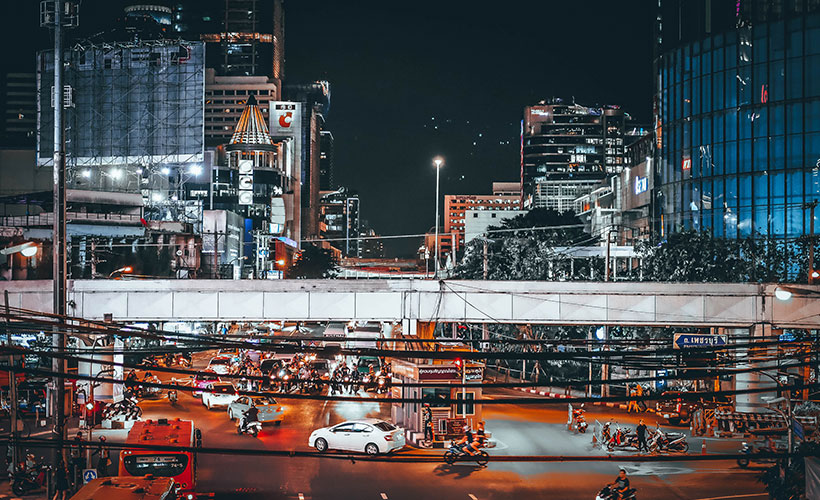“Come to see Angkor Wat?” asked the tuk-tuk driver assigned to pick us up from the airport to the hotel; we simply nodded and smiled. We came for Angkor Wat, but little did we know we’d be leaving with a newfound interest and appreciation for Khmer culture.
Despite its iconic landmark status, Angkor Wat is but one temple among the many magnificent monuments of the Khmer civilisation. Within the 400 square kilometres of the Angkor Archaeological Park are over 70 temple ruins, ranging in scale from magnificent structures that withstand time to nondescript piles of stone rubbles.
Visitors must purchase a temple pass to enter the complex, available for one day, three days, or seven days. Regardless of your visiting time, here is a guide on making the most of your temple pass, including five lesser-known temples you do not want to miss.
Start with the Angkor National Museum
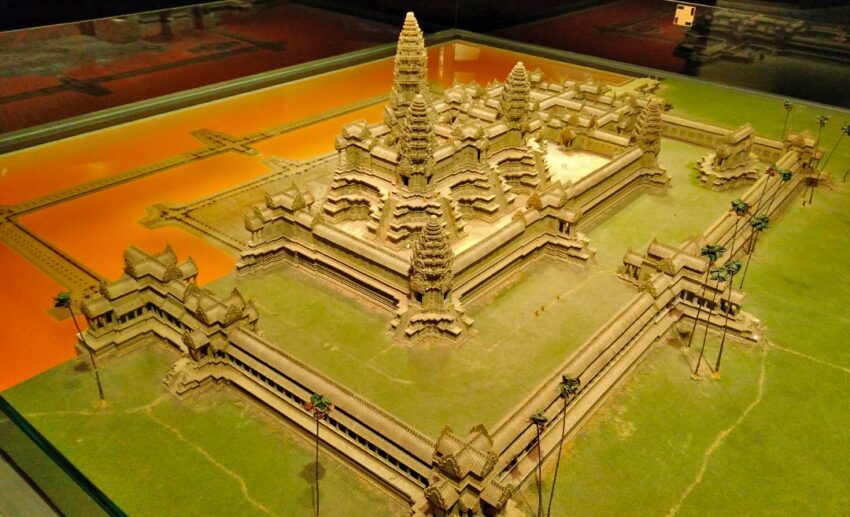
While you may be eager to hit the road immediately, beginning your adventure with a trip back in time at the Angkor National Museum may be a good idea. Through various relics and artefacts from different eras, the museum charts a comprehensive history of the Khmer civilisation –– from its Chinese origins to the apex of the Angkorian period.
Here, you can see a miniature model of Angkor Wat and learn how the temple was constructed. The museum visit made me appreciate the experience even more when I finally stood in the real thing.
I knew what to look for, why the temples were built, the backstories of the carvings on the stone walls, and other trivia bits like why Angkor Wat is oriented to the west instead of the east. Sure enough, the knowledge saved us money from hiring a tour guide on-site at Angkor Wat the next day.
Angkor Wat, Bayon, and Ta Prohm: The Holy Trinity
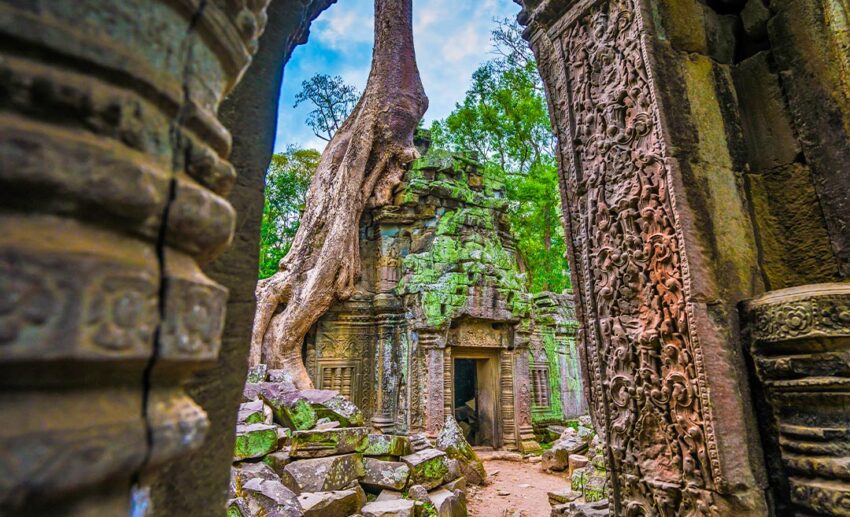
If time isn’t on your side, a mini tour of Angkor – commonly referred to as a Small Circuit Tour by tour operators – that makes stops at a few must-see temples will leave you with everlasting memories of Cambodia.
The first and obvious stop will, of course, have to be Angkor Wat. Described as a Hindu-Buddhist temple, the impressive temple complex stands as a prime example of classical Khmer architecture.
History and mythology buffs will have a great time deciphering the stories on the temple’s extensive bas-reliefs that depict historical and mythological events, including the epic Mahabharata and Samudra Manthana (The Churning of the Ocean).
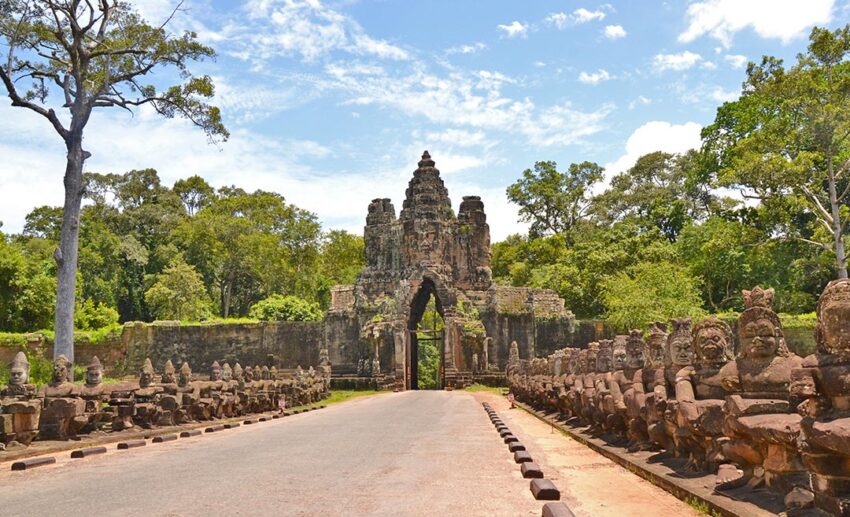
From Angkor Wat, head into the walled city of Angkor Thom through its east or south gate. The nine square kilometre area was the most enduring capital of the Khmer Empire until it was abandoned in the late 16th century. Within the remains of this ancient city are many notable temples, including the famous Bayon.
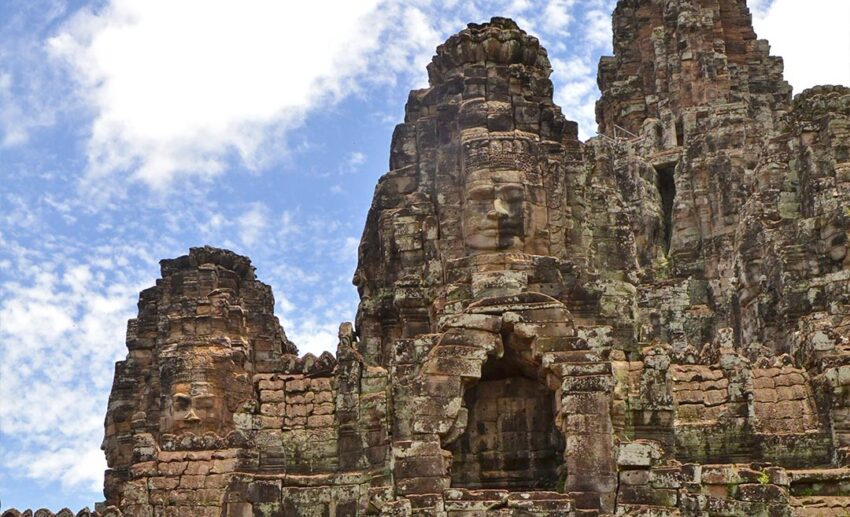
The Bayon has to be seen to be believed. Situated at the very centre of Angkor Thom, the Bayon temple stands out for its towers with multiple serene faces carved onto them. There are approximately 200 faces at varying degrees of preservation and restoration.
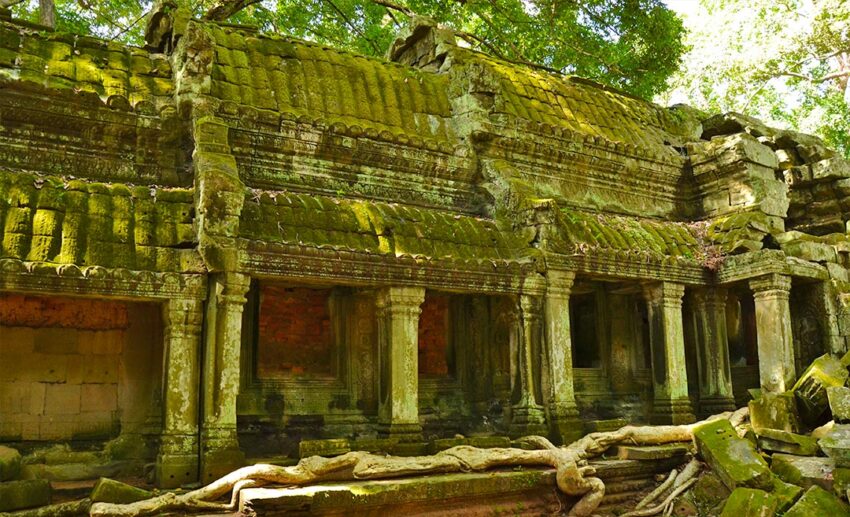
Last but not least of the must-see temples is Ta Prohm, which locals fondly call the Tomb Raider temple because it was featured in the 2001 film, Lara Croft: Tomb Raider. However, the temple’s claim to fame surpasses appearing in a Hollywood movie. Ta Prohm’s charisma comes from the moss covering and trees growing out of the stone ruins, making it an irresistible photo spot.
Baphuon: Not for the weak
Northwest of the Bayon Temple is the three-tiered temple mountain of Baphuon, distinguishable by its grand entrance terrace. Originally a Hindu temple dedicated to the god Shiva in the mid-11th century, it was later converted into a Buddhist temple.
Before the temple is a sign that prohibits people with limited mobility, pregnant women, and children under the age of 12 from entering for safety reasons due to the steepness of the ascent on mounted wooden staircases. For those who can make the climb, the view at the top will be worth your while.
Preah Khan: The school for enlightenment
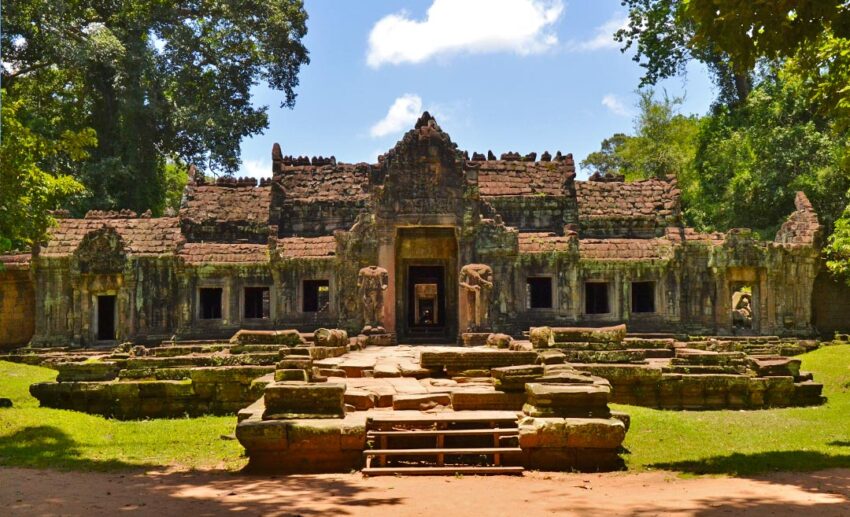
To the northeast of Angkor Thom, built in the Bayon architectural style, is the Preah Khan temple complex, once a Buddhist monastery and school that housed thousands of monks.
This is one of the less physically demanding temples to explore. It has a flat design where passages open onto spacious rooms and tranquil courtyards, but watch out for fallen stones and tree roots that could be a tripping hazard.
Like many Angkor temples, Preah Khan had suffered desecration and destruction under different political regimes. Nevertheless, many of its intricate bas-reliefs and statues of mythical figures like the serpentine Nagas and humanoid bird Garudas survived as remnants of its former glory.
Neak Poan: The island temple
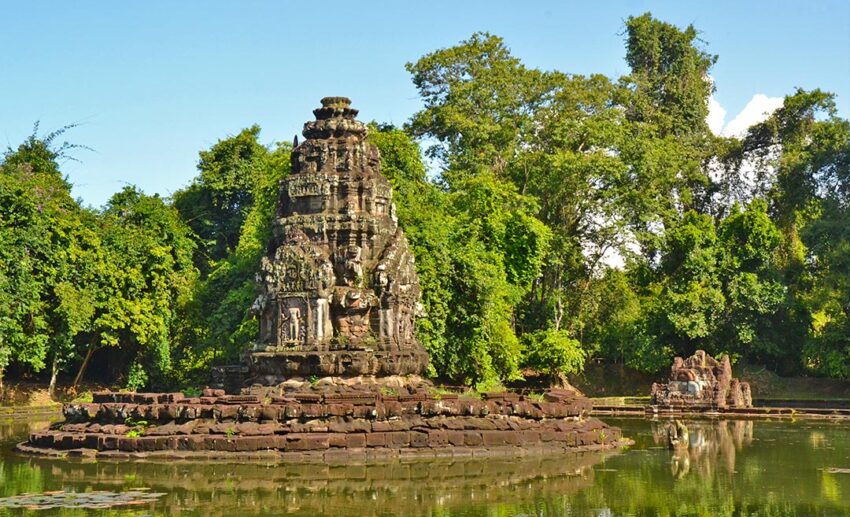
Not too far from Preah Kahn is a small temple on an artificial island in the centre of a 3,500 by 900 metres water reservoir. Visitors must walk across a wooden walkway to the central pond where the temple stands. Neak Poan derived its name from the carving of intertwined nagas at the temple’s base. Its construction is believed to replicate the mythical Lake Anavatapta in the Himalayas.
Bakong: The first Khmer temple
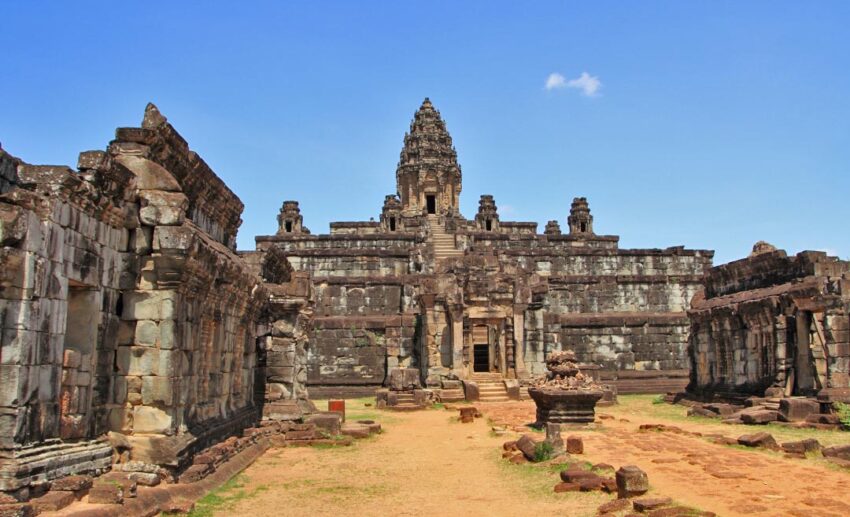
Built in the 9th century, Bakong belongs to the group of temples on the Roluos archaeological site, located about 13km east of Siem Reap. Roluos temples are some of the earliest permanent structures built by the Khmer Empire, dating back to the 9th century.
The Bakong is the first temple mountain of sandstone, constructed in a five-level pyramidal structure. A word of caution: climbing up to the top is arduous, and the worn stone steps of the staircases are small and narrow. Fortunately, you needn’t go all the way to the top to appreciate the temple’s majestic sight.
Banteay Srei: The lady temple
Built out of red sandstone, Banteay Srei is the stuff out of a fantasy universe. With its name meaning Citadel of Women, the temple was built in the 10th century for Shiva and Parvati. Legend has it that women built Banteay Srei because the elaborate carvings on walls are supposedly too fine to be made by a man’s hand. Since red sandstone is a hard medium that lends itself well to being carved, the ornate walls of Banteay Srei hold up beautifully against the ravages of time.
The ruins of Angkor are truly a treasure trove of history, art, and architectural marvels waiting to be discovered and explored. For the best experience, you can plan your route with a hired tour guide or driver. Just be sure to have on suitable footwear and sunscreen.
*All images courtesy of the author, unless specified otherwise.

